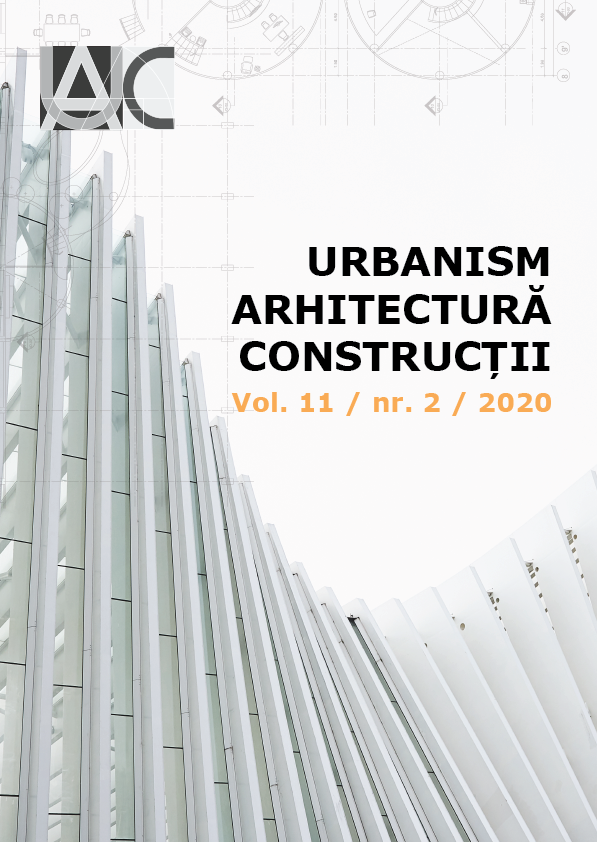Modeling the propagation of the effects of a disturbance in a critical infrastructure system to increase its resilience
Modeling the propagation of the effects of a disturbance in a critical infrastructure system to increase its resilience
Author(s): Amin Benmokhtar, Djillali Benouar, Adel RahmouneSubject(s): Human Geography, Applied Geography, Policy, planning, forecast and speculation
Published by: INCD URBAN-INCERC
Keywords: critical infrastructure; failure; propagation modeling; risk management; urban resilience;
Summary/Abstract: In the urban environment, disaster risk management focuses more on prevention, mitigation and intervention than on resilience. Securing our critical infrastructure systems (CISs) strengthens the resilience of our urban sites. The objective of this research work is to propose a methodological approach and modeling of disturbance effects for their monitoring, which contributes to the understanding of CISs and their functioning before, during or after a disaster (flood, earthquake, etc.). Failure scenarios will be developed and used by urban designers in a proactive manner. The modeling contributes to the establishment of a theoretical framework for the creation of a collaborative space between the actors of the urban site. An overall weighted average mission degradation index of a CIS is proposed. The degradation of a water supply system’s mission following a flood was taken as an example and discussed to validate the model. The purpose of this study is also to contribute to the strengthening of the resilience of an urban site, by securing its CISs, and sensitize governments to consider their vulnerabilities in their disaster risk management and territorial and urban development strategies and to establish a process of resilience building.
Journal: Urbanism. Arhitectură. Construcţii
- Issue Year: 11/2020
- Issue No: 2
- Page Range: 157-178
- Page Count: 22
- Language: English

